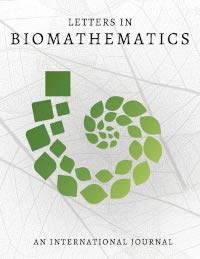Balancing Fiscal and Mortality Impact of COVID-19 Mitigation Measurements
DOI:
https://doi.org/10.30707/LiB8.1.1647878866.134162Keywords:
COVID-19, Social distancing, Epidemic model, Fiscal impact, Physical distancingAbstract
An epidemic carries human and fiscal costs. For imported pandemics, the first-best solution is to restrict national borders to identify and isolate infected individuals. However, when that opportunity is not fully seized and there is no preventative intervention available, second-best options must be chosen. We develop a model that simulates the fiscal and human costs associated with different mitigation measurements. After simulating several scenarios, we conclude that herd immunity is the worst policy when considering human cost. If life is disregarded, the lowest fiscal cost is found with a very strict policy by lowering the probability of infection by 90% for eight weeks. If fiscal expenditures are secondary, the lowest human cost is found with a relatively strict measure lowering the probability of infection by 80%. In the US, this relatively strict policy would save 910,064 lives while costing almost 10\% more to taxpayers when compared to the herd-immunity case.
